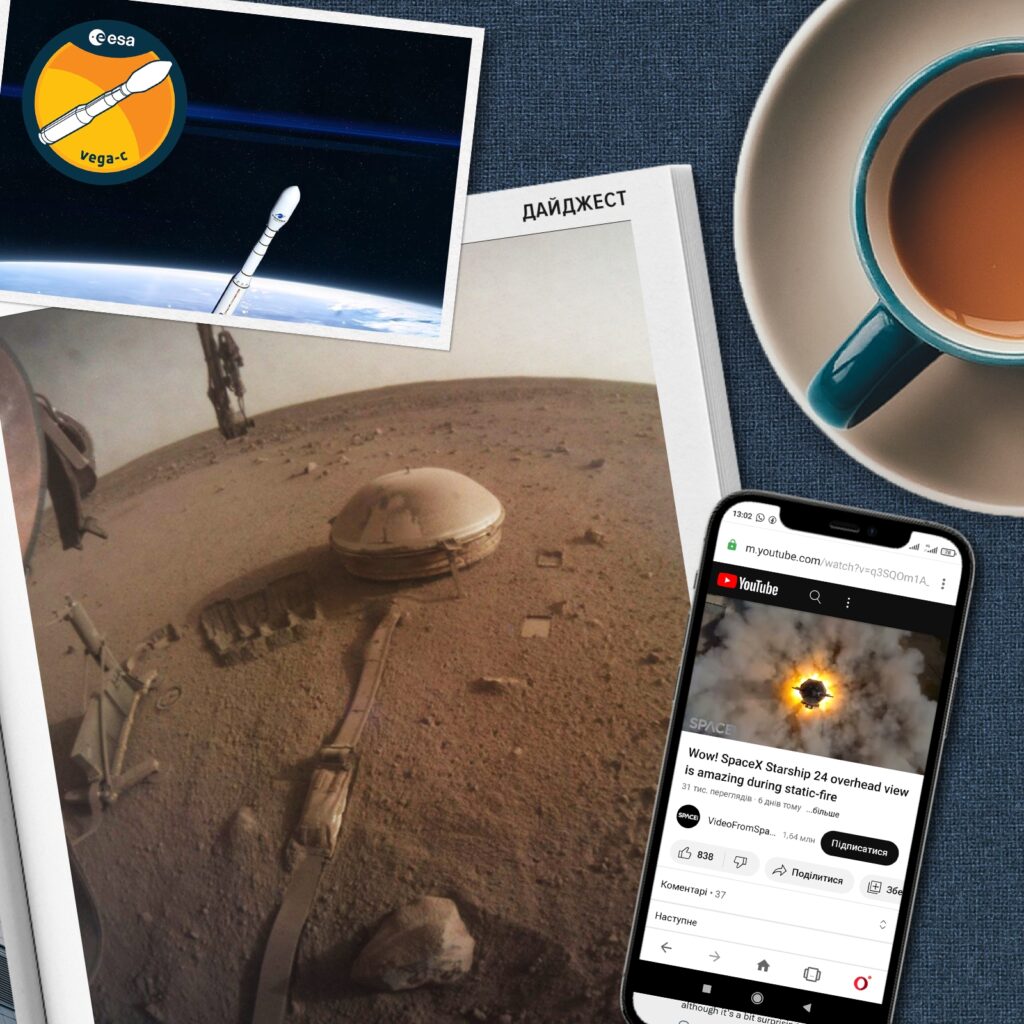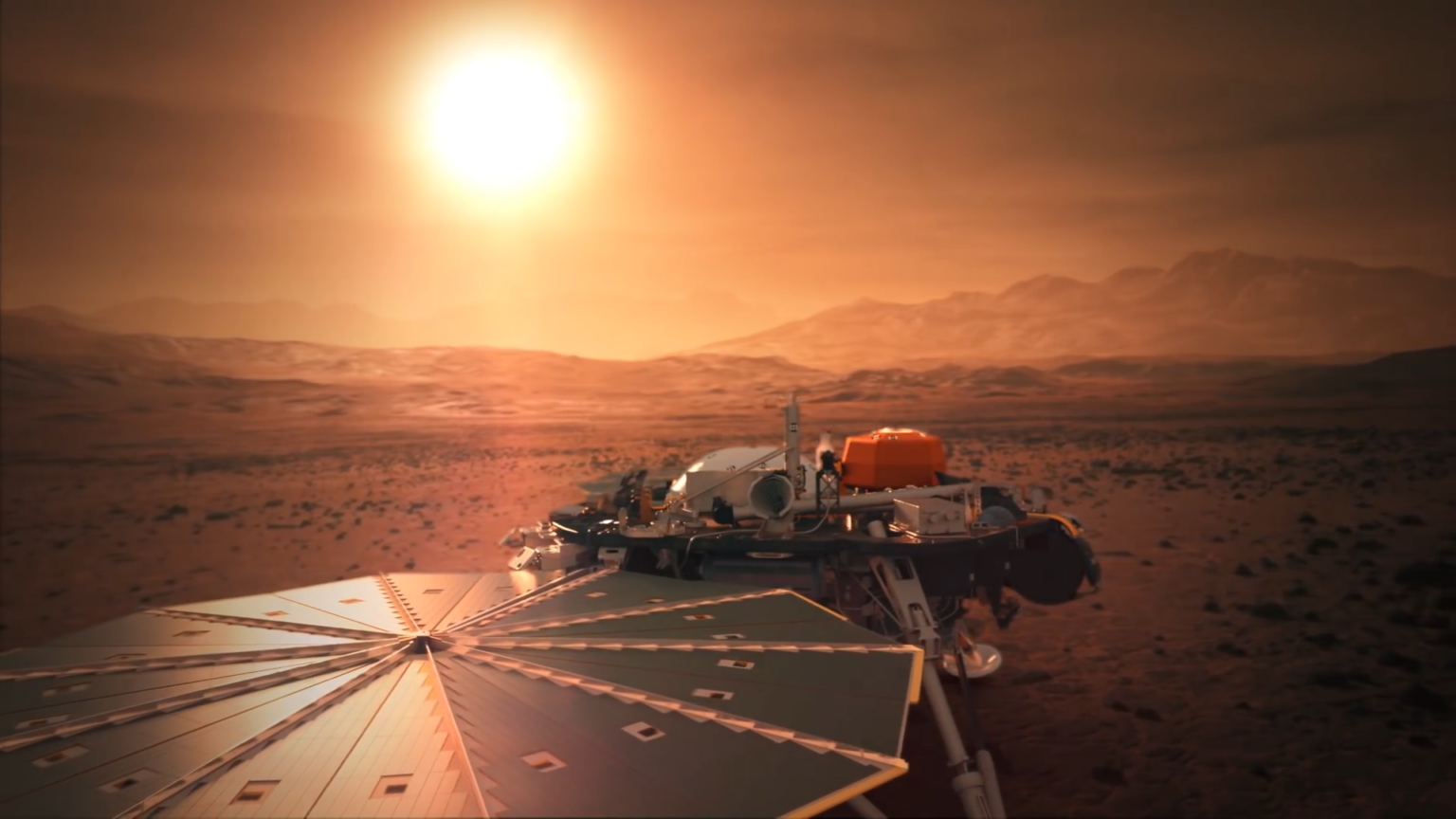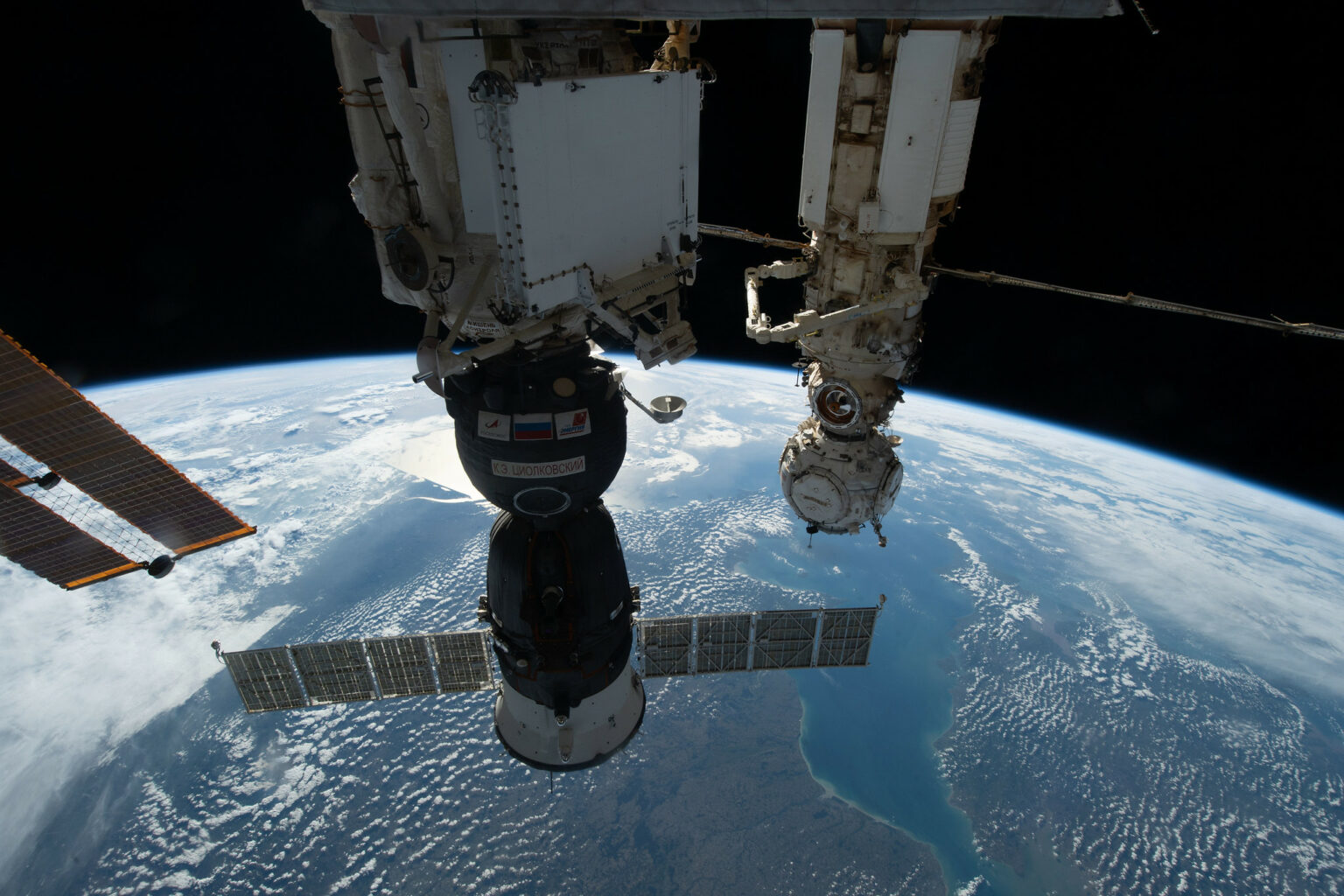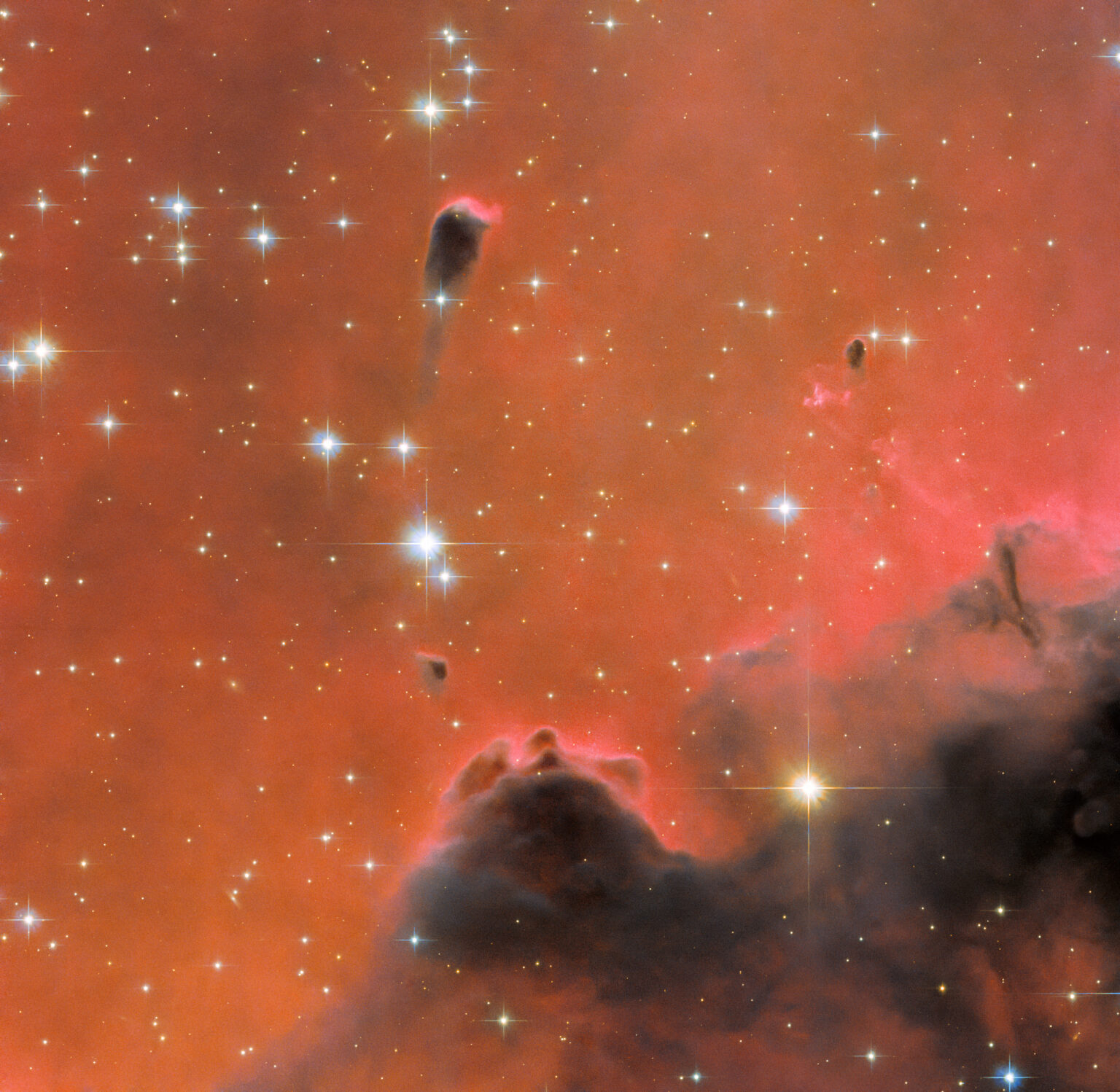A selection of the most interesting space news of the week: NASA announced the end of the InSight mission, SpaceX published a spectacular video of the Starship spacecraft test, and we tell you how the US military began to track the path of Santa Claus.

“Is there sentient life on Earth?”
― Frank Drake
The InSight mission has come to an end
On December 21, NASA announced the official termination of the InSight mission. The device missed two consecutive sessions of communication with the Earth and, according to the accepted protocol, was declared “dead”. The reason for the loss of contact was a thick layer of dust accumulated on the solar cells of the probe, due to which it lost the ability to generate a sufficient amount of energy for continued operation.

InSight studied the internal structure and tectonic activity of the Red Planet. During its four years of work, the device registered 1,319 different Martian earthquakes.
The launch of the Vega-C rocket ended in failure
On December 21, the Vega-C light rocket was launched from the Kourou Cosmodrome in French Guiana, which ended in failure. The rocket could not develop a speed sufficient to go into orbit and fell into the ocean. The failure was a major blow to the launch operator Airbus and ESA. They are currently in the process of transitioning to a new generation of launch vehicles, and the accident of Vega-C could slow down the implementation of their plans.
The longest night of the year
The night from December 21 to 22 was the longest in the Northern Hemisphere in 2022. It was during it that the winter solstice came, the moment when the center of the sun’s disc moved farthest south from the celestial equator. It happened at 23:48 Kyiv time.
A hole in the Soyuz MS-22 ship
During a visual inspection of the Soyuz MS-22 spacecraft using the Canadarm2 robotic manipulator, NASA experts discovered a 0.8 mm hole in the radiator. It may be the site of a coolant leak from the ship’s cooling system.

The exact cause of the hole is still unknown. Roscosmos claims that it is a result of being hit by a micrometeorite or a fragment of space debris. It is also unclear whether Soyuz MS-22 is safe to return to Earth, or whether the ship needs to be replaced.
A key component of life has been discovered on Saturn’s icy moon
Analysis of data collected by the Cassini mission has shown that the subsurface ocean of Saturn’s moon Enceladus contains an important nutrient, phosphorus. This element is a critical “building block” for life, used in DNA and RNA. Moreover, its concentration there can be thousands of times greater than in the Earth’s oceans. The discovery was announced by planetary scientist Yasuhito Sekine at the meeting of the American Geophysical Union on December 14.

A new method for searching for extraterrestrials
Specialists from several scientific institutions of the United States proposed to involve the LIGO observatory for the search for extraterrestrial civilizations. This observatory is designed to capture gravitational waves and is commonly used to study the merger of black holes and neutron stars. According to scientists, under certain circumstances, LIGO will be able to register gravitational waves created by alien spacecraft.
SpaceX has released an impressive video of the burning of the Starship’s engines
SpaceX has published a spectacular video of the burning of the engines of the Starship spacecraft. Usually, videos of such tests are not shot from the best angles. But the specialists of Elon Musk’s company approached even such a test creatively. The team placed the camera directly above the ship to capture impressive footage of the moment the engines were turned on for six seconds, which could then be used in various promotional videos. And they succeeded — this process looks extremely spectacular.
Photo of the week
The Hubble mission team has released a new picturesque image of deep space. It shows a number of distinctive dark clouds, objects known as free-floating evaporating gas globules (frEGGs). These are regions of increased density of interstellar hydrogen, wherein the gas is protected from the action of ionizing ultraviolet radiation. In the future, they will give rise to new star systems.

An interesting figure: $25.4 billion
The US Congress agreed on the final version of the NASA budget for 2023. In total, it will amount to 25.4 billion dollars. That’s 5% more than the previous year, but less than the Aerospace Administration required.
What to read on the weekend
Christmas is the perfect time to read NORAD Tracks Santa, an article about the glorious project in which the US Air Force “tracks Santa Claus” and communicates his whereabouts to anyone who wants to know. We also talk about the history of air launch systems and continue our series of materials about the confrontation between states in space. You can enjoy the next part in the article Unions and confrontations in space. Enemies of the peaceful sky.

Read in the previous digest: Moscow opposed the ban on anti-satellite weapons, and a Russian military satellite went out of orbit.

